TRIBES
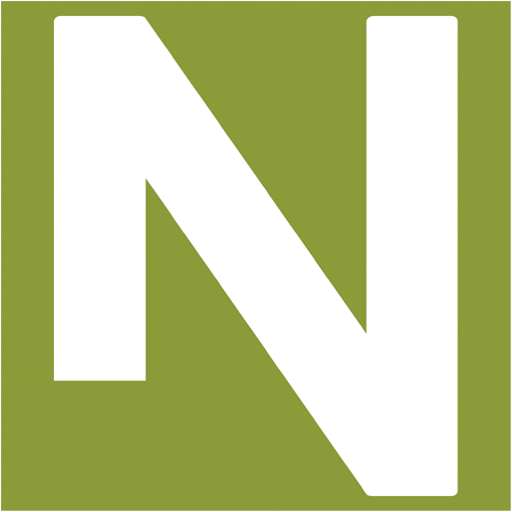

TRIBES
She is the coordinator of the Guarasu’we Language and Culture Institute. She feels a great need and concern to recover the living words of her people, which are in danger of extinction.
August 25th, 2023
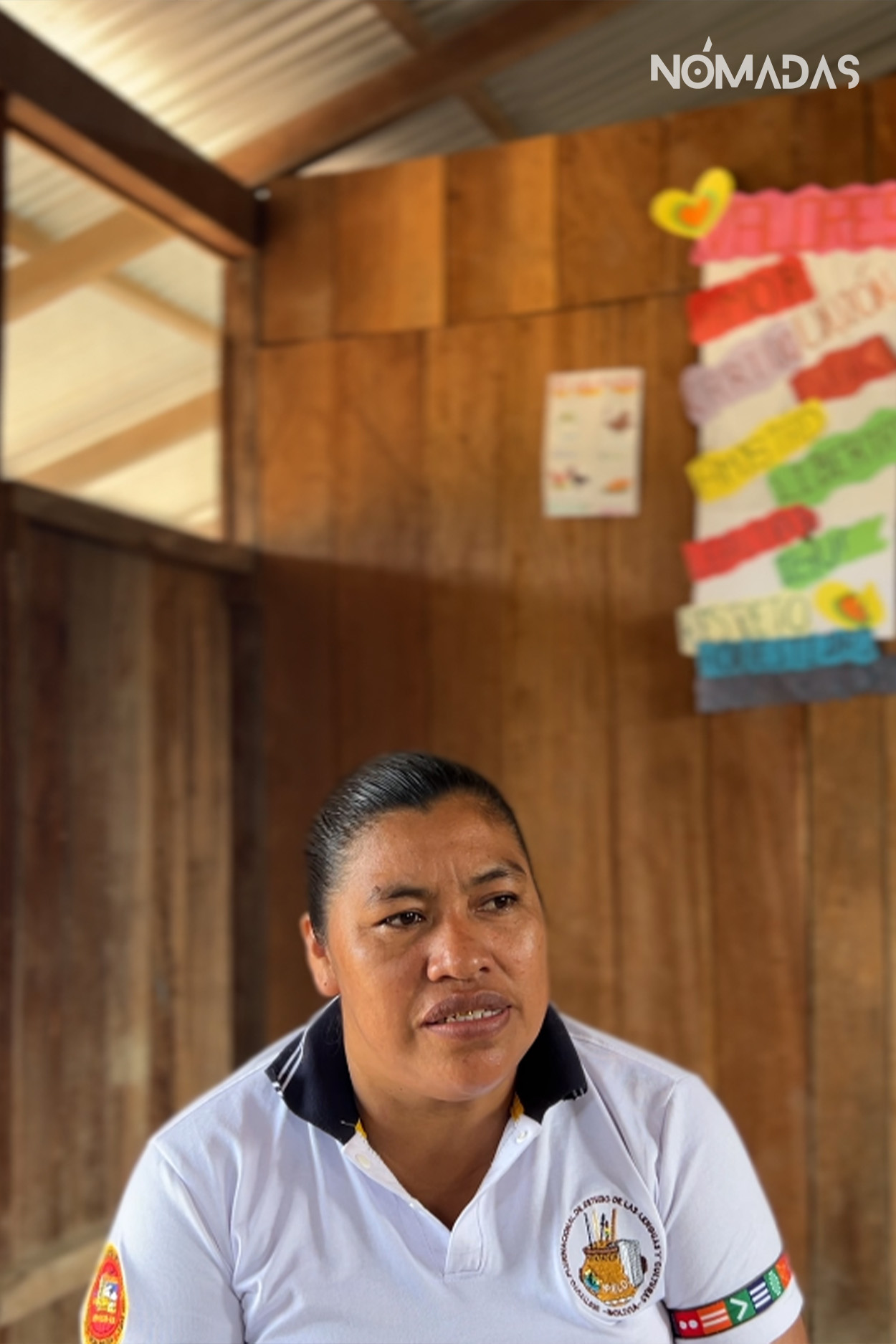
Teacher Amelia, committed to her community.
This story is produced and published with financial support from the Google News Initiative News Equity Fund.
«My name is Amelia Pereira Frei, I am 41 years old, I work as the coordinator of the Guarasu’we Language and Culture Institute, I am a member of the Picaflor community, and my entire family lives here in my community.»
With noticeable emotion, Amelia introduces herself as she looks at the students in the school who, in turn, are observing her attentively. They are in a wooden classroom with large windows through which the fresh air from the surrounding forests of Picaflor enters, a community where Guarasu’we indigenous people live, within the Municipal Protected Area of Bajo Paraguá, a transition jungle between the Dry Chiquitano Forest and the Bolivian Amazon, in the eastern department of Santa Cruz. In this tranquil place, where bird songs are occasionally heard, Amelia begins to recount and fully engage in an interview that allows us to journey through Picaflor, a community where 19 families make a living through subsistence agriculture and the collection of wild fruits.
As the Guarasu’we nation, we are a people in danger of extinction. My role is to learn the language, gather information from those who speak it to transmit to the students.
-How old is Picaflor?
-Picaflor is six years old. We used to live in Porvenir, where I completed my primary education. I had to go to the city of Santa Cruz to finish high school and obtain my diploma, but we returned to Porvenir. I remember that Mr. Pedro Pereira and Ms. Carmen and Ms. Taxila, who were two families, took the initiative to come and form the Picaflor community. It wasn’t easy, they faced struggles and problems, but they said, «We’re staying in this place.» And they stayed. So, the sons and daughters came to Picaflor, and now the community is well established. It has a resolution from the Municipal Council of San Ignacio de Velasco. We lack legal recognition, but it’s in process, and we have statutes, regulations, foundation and creation records; the community possesses all these documents held by its authorities. The highest authorities of the Guarasu’we nation, which represents Picaflor, Bella Vista, and Porvenir, live in this community. However, we have families that still live in the other communities, and when there are meetings, we need to hold for the Guarasu’we people, we gather in Picaflor.
-Is there a captain or chieftain?
-In our Guarasu’we culture, there’s the grand captain of the nation, followed by community captains and subsequent roles. Our community forms a directory of nine captains. The grand captain is named Pedro Pereira, and the community captain of Picaflor is Ignacio Pérez. Both live here in Picaflor.
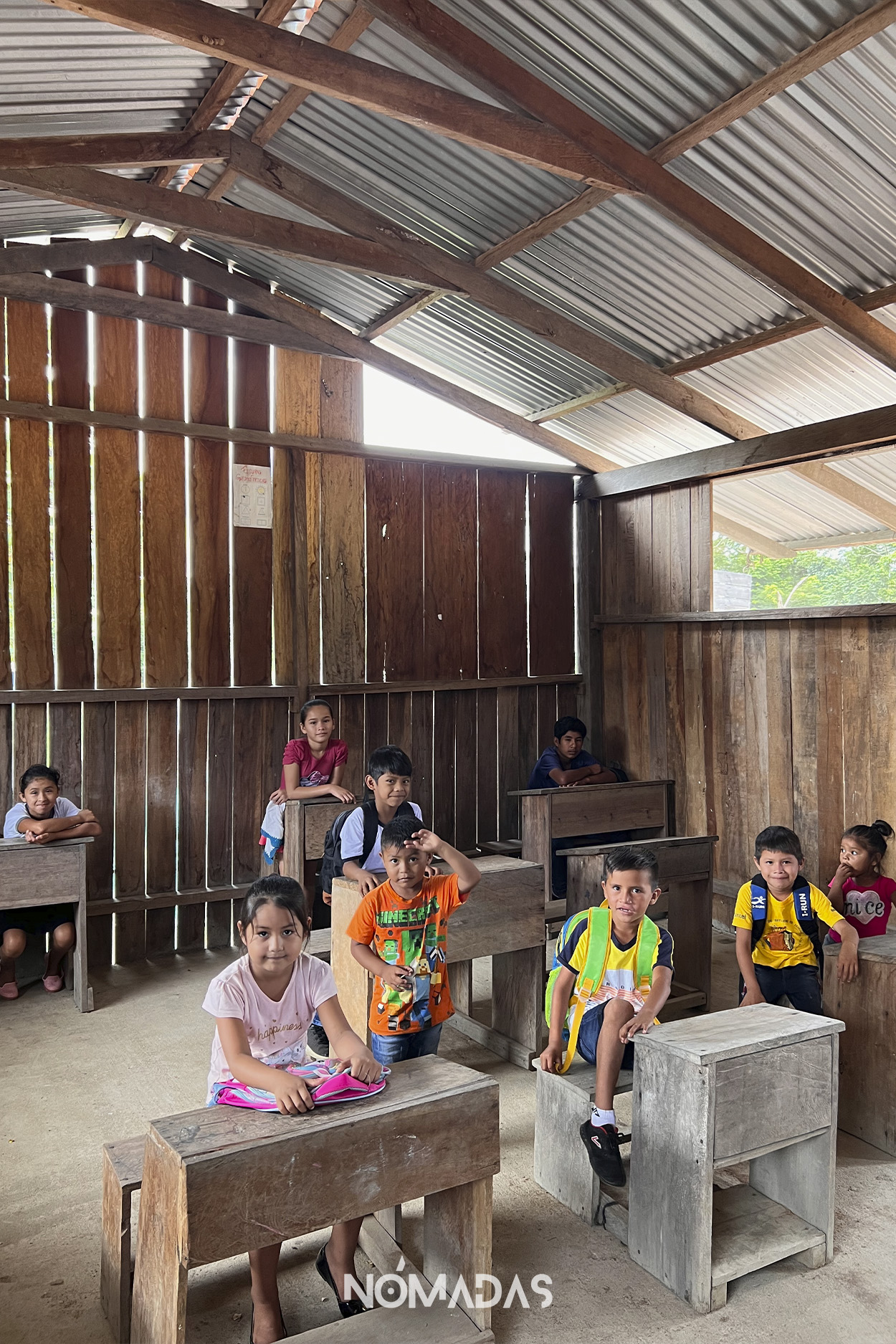
Students from the Picaflor School.
– What basic services do you have?
-Thanks to God, we have access to potable water. Last year, through a project with a foundation, we obtained water. However, we don’t have electricity, communication, or healthcare, which are the most important for us. We also can’t disregard productive projects, as community members live off what’s grown in the chacos (small agricultural plots) and the collection of fruits. We benefit from the Asaí fruit, which is also a product sold in a market that’s not large, more for subsistence. Fishing is also our means of sustenance for the whole community. There are two stores that benefit the community, where one can buy rice, oil, soap, and essential items.
– Since when have you been a teacher?
-I began my first year in Picaflor in 2017. I decided to become a teacher because I saw the need to establish a school in our community. The students, from a very young age, used to walk 47 kilometers every day to get to school in Porvenir (the nearest community). So, we decided to find a solution for the children to study in Picaflor, and that’s how we started the school year in our community in 2017. Other teachers from the community came later, and I took it upon myself to go to the district office in San Ignacio to make it known that the children couldn’t be going to the Porvenir community for classes. That’s when we started working with multi-grade teaching methods.
– Does that mean several grades in the same classroom?
-From preschool to sixth grade.
– How many students?
-We have 11 elementary school students and five secondary school students.
– Up to high school?
-High school students go to Porvenir.
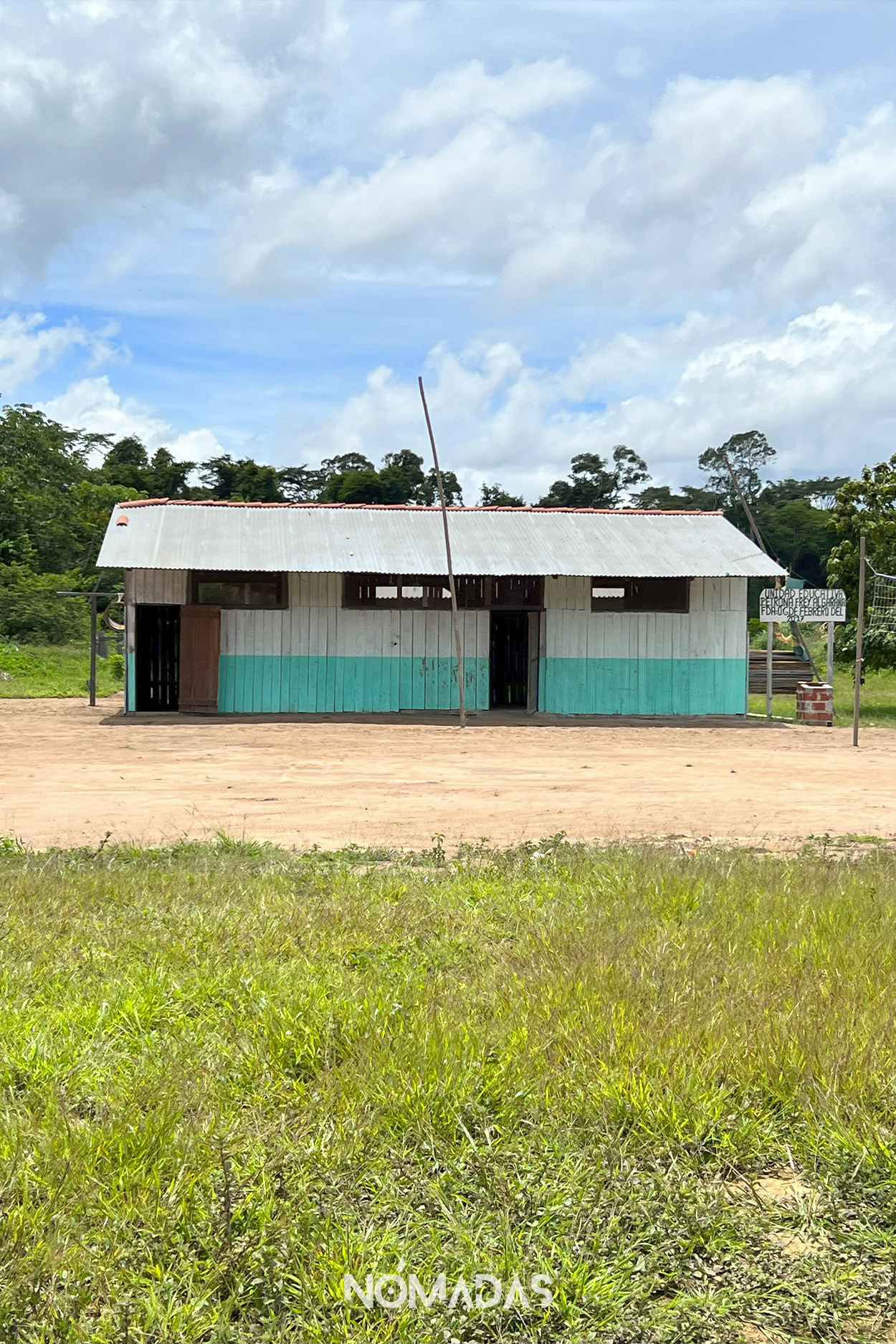
The school, warm and made of Wood.
– Up to which grade is available here in Picaflor?
-Up to sixth grade. We’re striving to have secondary school operate in Picaflor, so parents don’t have to take their children to Porvenir. Everything is being coordinated to make it work in Picaflor.
– Do you have a teaching position?
-Currently, I am the coordinator of the Guarasu’we Language and Culture Institute. My work involves the revival of the Guarasu’we language. To standardize and normalize, we have to conduct research, and we’ve already begun. I started working in February 2020, and we’re continuing. There’s been some progress because no one spoke Guarasu’we, only my mother, my aunt, and my grandfather.
Our grandparents never spoke to us in the language due to the discrimination that existed. I have a strong need and concern to recover the language.
-How did the initiative to encourage the speaking of the Guarasu’we language come about?
-As the Guarasu’we nation, we are a endangered people, and we are now starting to organize ourselves. There’s a lot of misinformation, and we’re researching and gathering information to rescue our culture. I know the story about the Bajo Paraguá land titling process since I was 18 years old, and my husband, Limber Saucedo, was 21. He was one of those who worked in that struggle; from a young age, he dedicated himself to leadership with Mr. Ivar Vaca. In Picaflor, there was only a sign, and we began working to consolidate this community. It wasn’t easy, but they succeeded. In 2007, we received the title from the Indigenous Central of Bajo Paragua (CIBAPA).
– What is the extent of the titled indigenous territory?
-The extent is 34,700 hectares.
– Is the Language and Culture Institute part of the Ministry of Education?
-Exactly. They have a ministerial resolution; it was created in September 2020. It was established in the community itself, with the participation of council members. We coordinated with them because they delivered the resolution to us as a community.
– Are you working on a book to materialize this research?
-Yes, the Language and Culture Institute has various units where we work. There’s communication, research, to be able to standardize the language. If there are training workshops, we have to attend; we do the work because we have responsibilities to fulfill.
– Do they teach the Guarasu’we language at school?
-Exactly. There are people who teach it; my role is to learn the language, gather information from those who speak it to transmit to the students. Wherever we are present, we also identify ourselves with our language.
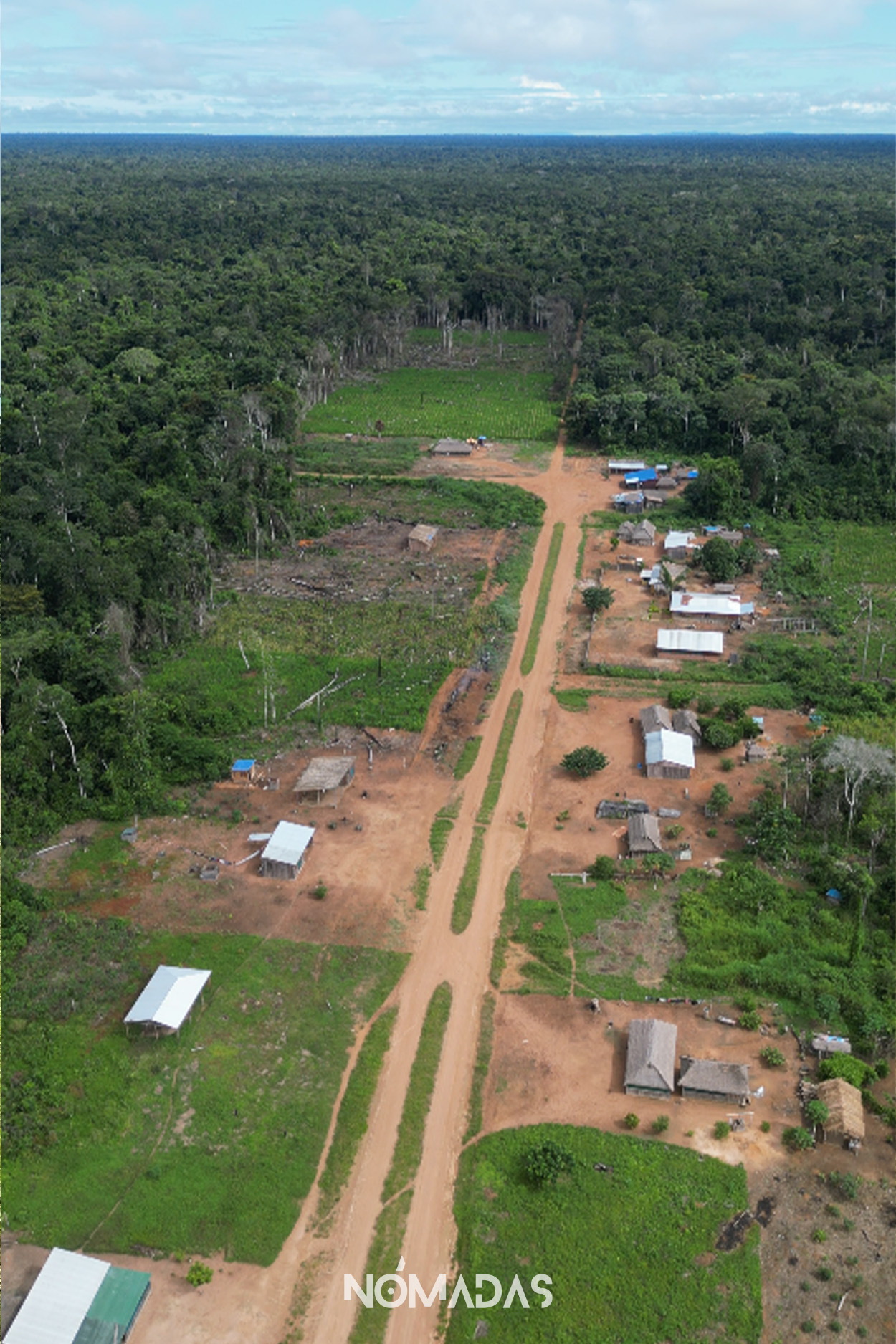
Picaflor, seen from a bird’s eye view.
– Are you speaking with elders?
-Yes, what we are doing now is research, and we’ve been at it for over a year. For us, as technicians leading this work, it’s important to have an approved alphabet to then create the grammar, in order to work with regionalized curricula that are designed by the teachers themselves. With these curricula, the teacher has to work with all the cultural references of the Guarasu’we people. The work itself is about recovering the grammar of the language; it’s not that I am going to speak the language because the language was lost. In other words, our grandparents never spoke to us in the language due to the discrimination that existed. My mother tells us that my grandfather told her not to speak the language out of fear of discrimination, and that’s how it faded away. And now, in order for us to be recognized as Guarasu’we people, we have to be identified with our own language, culture, clothing, food, dance, music, stories, crafts – that’s what involves us.
– How many people speak the language in the community?
-The only ones who speak it are three people, but they don’t speak it fluently.
– Who are these three people?
-My mother, my aunt, and my grandfather Juan. But my grandfather is very old now; he’s almost lost his awareness; old age has caught up with him. But during the time he was in better health, he always spoke to us about the Guarasu’we language. That’s what we’ve been able to rescue, but now it’s difficult for us to name things because we don’t give the meaning to them the way they used to. I have a strong need and concern to recover the language. I would like to work with a linguist because we are distant from the language, and we need a professional. It’s not just about speaking the language; there are many things to standardize and normalize.
– You mentioned your grandfather and mother. What is the richness of the language?
-The richness of the Guarasu’we language is our own identity. Through that language, we see how important we were in the past. I imagine that it used to be very beautiful to speak the language; my mother tells me it was lovely because one person would speak, and the other would understand. But now when someone speaks a word, it fills me with pride to be Guarasu’we. Before, we were insulted, called Indians, barbarians, but now I feel like the best person. I enjoy getting to know how we are represented, having an organization in our own community. Now we value our culture and our own family; I see that if we don’t recover our language, we are not represented.
– Is the Guarasu’we nation still endangered?
-We are still endangered because the language is not as it should be. We are in the research process. This process of recovering the language is not easy; it’s even hard to extract information from our own family. I went to visit my grandfather José in Pimenteira (Brazil), on the border with Bolivia, and he told me, ‘Daughter, I don’t want to die taking this knowledge with me; I want to teach you, leave you everything I know.’ How much I would like to spend time with him to extract all that information and come back to transmit it.
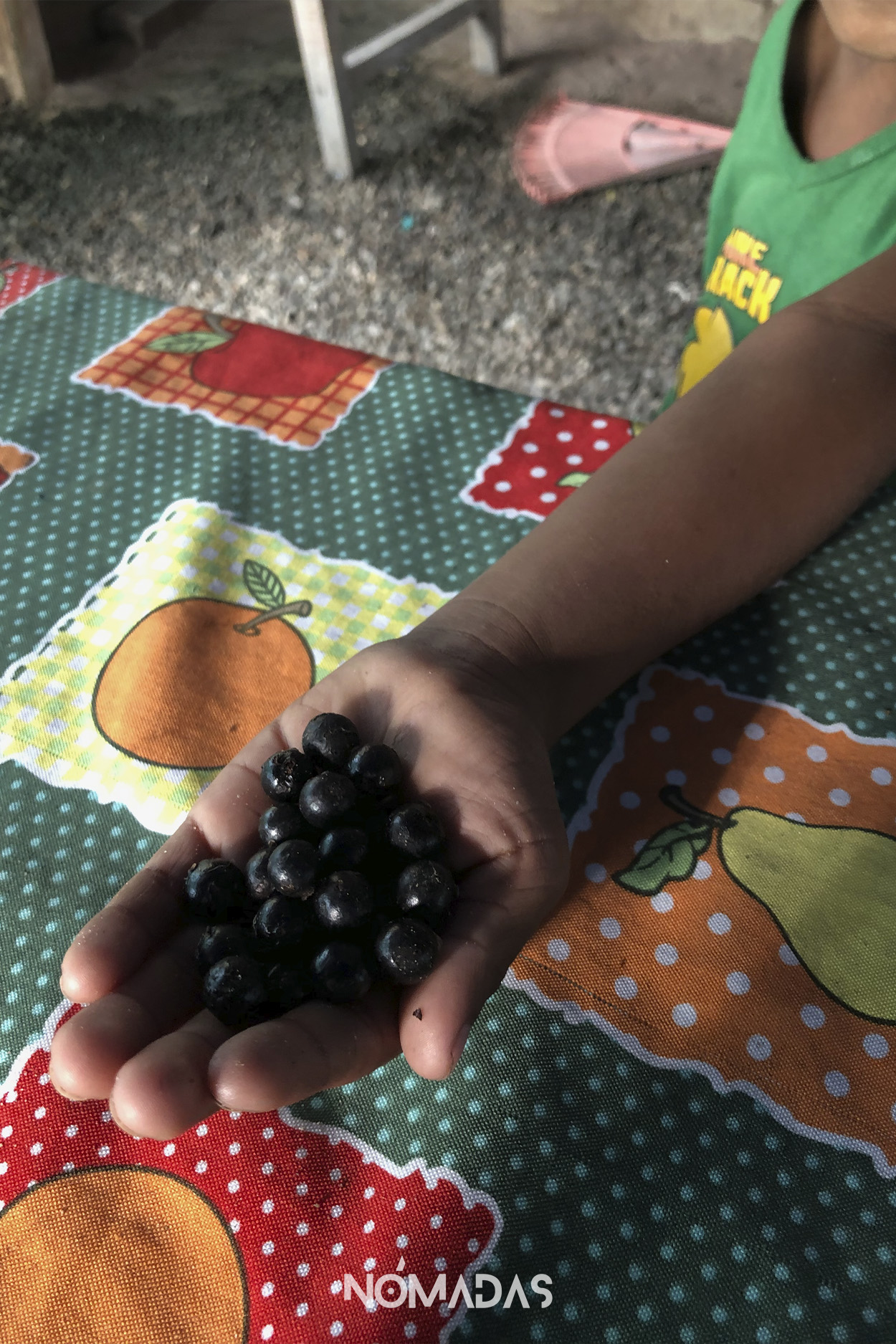
Freshly harvested Asai fruits.
– Why not stay there for a few months?
-Because we have work responsibilities. If it were up to me, I would go for a month, but our work depends on a public institution, and we depend on them.
– Unless they give you permission?
-We have rules and regulations to follow.
The richness of the Guarasu’we language is our own identity. It fills me with pride to be Guarasu’we.
– What’s the longest time you’ve spent speaking with your grandfather?
-I was there for one night and one day, with the help of some Brazilian brothers. One of them was a teacher who teaches in São Paulo. They came when I was working, and they told me they were going to arrange the possibility of visiting the Guarasu’we people in Brazil. They took me and brought me back.
– And what words did you rescue from that conversation with your grandfather José?
-The words I rescued, for example, are parts of the human body. I also learned about the moon, the sun, the stars, the wind, and about painting, which intrigued me. That’s why I say, how much I would like to have the time to learn that information, because he hasn’t lost it. He has a son named Lorenzo, and he used to hit him because he spoke Spanish. Speaking Spanish was difficult for him, but despite that, he has a job that represents the culture; he makes necklaces from different materials. He told me that’s how he makes a living.
– Apart from enriching yourself with the Guarasu’we language, do you teach other subjects?
-No, that’s my only role.
– Are there other teachers in the community?
-In the first year when I joined the institute, I worked as a teacher in 2017, but I left because another teacher came in, and then others followed. Parents were paying the teachers, as they do now. In the end, we got a teaching position through negotiations with the authorities. The community provides the teacher with a house with basic services. We mostly adhere to our customs and traditions.
– Do you know the origin of your ancestors?
-I haven’t been able to find that history yet; I am still researching. At some point, I’ll have that information. What we’re extracting is step by step. My grandfather has a lot of information. When he was young, there wasn’t that vision of establishing this institute, and I’m sure it would have served a lot because he’s the brother of the one in Pimenteira. He told me there that this Juan was smarter than me.
They have a spectacular mindset. For instance, my mother can’t read or write, but they, how they raised their children – they say they didn’t have opportunities, and they instill in us the value of learning. I’m grateful for that value and effort so that we can move forward. In the family, I’m the only one who excelled in studies; my siblings have their own way of life. We’re not the same; we don’t focus on just one thing. But the good thing is that we want to see Picaflor grow; we coordinate because we’re family.
***
Te contamos desde el interior de los escenarios de la realidad, iluminados por el faro de la agenda propia, el texto bien labrado y la riqueza poética del audiovisual y de la narrativa sonora, combinaciones perfectas para sentir el corazón del medioambiente y de los anónimos del Planeta.
